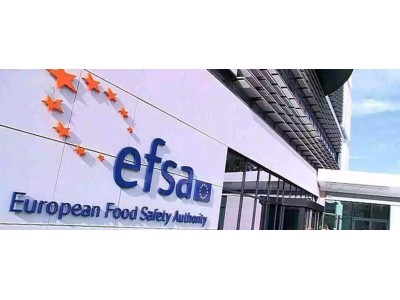銆€銆€鎹簡瑙o紝杩欑椋熷搧閰舵槸鐢包a href='//www.sqrdapp.com/news/tag_2434.html' class='zdbq' title='杞熀鍥犵浉鍏抽鍝佽祫璁? target='_blank'>杞熀鍥燑/a>
鏋崏鑺藉鏉嗚弻鑿屾牚BABSC鐢熶骇鐨勶紝鏃ㄥ湪鐢ㄤ簬鐑樼剻宸ヨ壓鍜屾穩绮夊姞宸ヤ互鐢熶骇钁¤悇绯栨祮鍜屽叾浠栨穩绮夋按瑙d骇鐗┿€侟/div>
銆€銆€缁忚繃璇勪及锛屼笓瀹跺皬缁勮涓猴紝鍦ㄩ鏈熺殑浣跨敤鏉′欢涓嬶紝涓嶈兘鎺掗櫎楗鏆撮湶寮曡捣杩囨晱鍜岃鍙戝弽搴旂殑椋庨櫓锛屼絾杩欑鎯呭喌鍙戠敓鐨勫彲鑳芥€у緢浣庛€傜敱浜庣己涔忓厖鍒嗘弿杩扮敓浜ц弻鏍殑閫傚綋鏁版嵁锛屼笓瀹跺皬缁勬棤娉曞氨璇ラ鍝侀叾鍦ㄩ鏈熶娇鐢ㄦ潯浠朵笅鐨勫畨鍏ㄦ€у緱鍑虹粨璁恒€傞儴鍒嗗師鏂囨姤閬撳涓嬶細
銆€銆€The food enzyme glucan 1,4-α-maltohydrolase (4-α-d-glucan α-maltohydrolase, EC 3.2.1.133) is produced with the genetically modified Bacillus subtilis strain BABSC by Advanced Enzyme Technologies Ltd. The requirements for the qualified presumption of safety (QPS) approach have not been met. The food enzyme is free from viable cells of the production organism and its DNA. It is intended to be used in baking processes and starch processing for the production of glucose syrups and other starch hydrolysates. Since residual amounts of total organic solids (TOS) are removed, dietary exposure was not calculated for starch processing for the production of glucose syrups and other starch hydrolysates. For baking processes, the dietary exposure was estimated to be up to 0.101 mg TOS/kg body weight per day in European populations. No toxicological studies were provided by the applicant. A search for the similarity of the amino acid sequence of the food enzyme to known allergens was made and one match with a respiratory allergen was found. The Panel co
nsidered that the risk of allergic reactions by dietary exposure cannot be excluded, but the likelihood is low. In the absence of appropriate data to fully characterise the production strain, the Panel was unable to co
nclude on the safety of the food enzyme under the intended co
nditions of use.
銆€銆€
鏈枃鐢遍鍝佷紮浼寸綉椋熷搧璧勮涓績缂栬緫锛屾湁浠讳綍鐤戦棶锛岃鑱旂郴news@www.sqrdapp.com銆侟/span>
鐩稿叧鏀跨瓥瑙h











 鍦板尯锛欬/font>
鍦板尯锛欬/font>

 娆х洘璇勪及瀹惰煁锜€绮変綔涓裹/a>
娆х洘璇勪及瀹惰煁锜€绮変綔涓裹/a> 娆х洘璇勪及杞熀鍥犵帀绫矼O
娆х洘璇勪及杞熀鍥犵帀绫矼O
 娆х洘璇勪及涓€绉嶉害鑺界硸娣€
娆х洘璇勪及涓€绉嶉害鑺界硸娣€ 椴佸叕缃戝畨澶 37060202000128鍙饵/a>
椴佸叕缃戝畨澶 37060202000128鍙饵/a>



